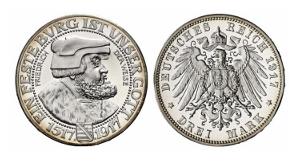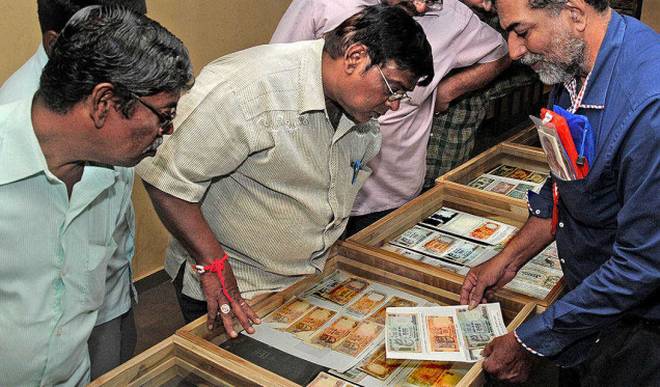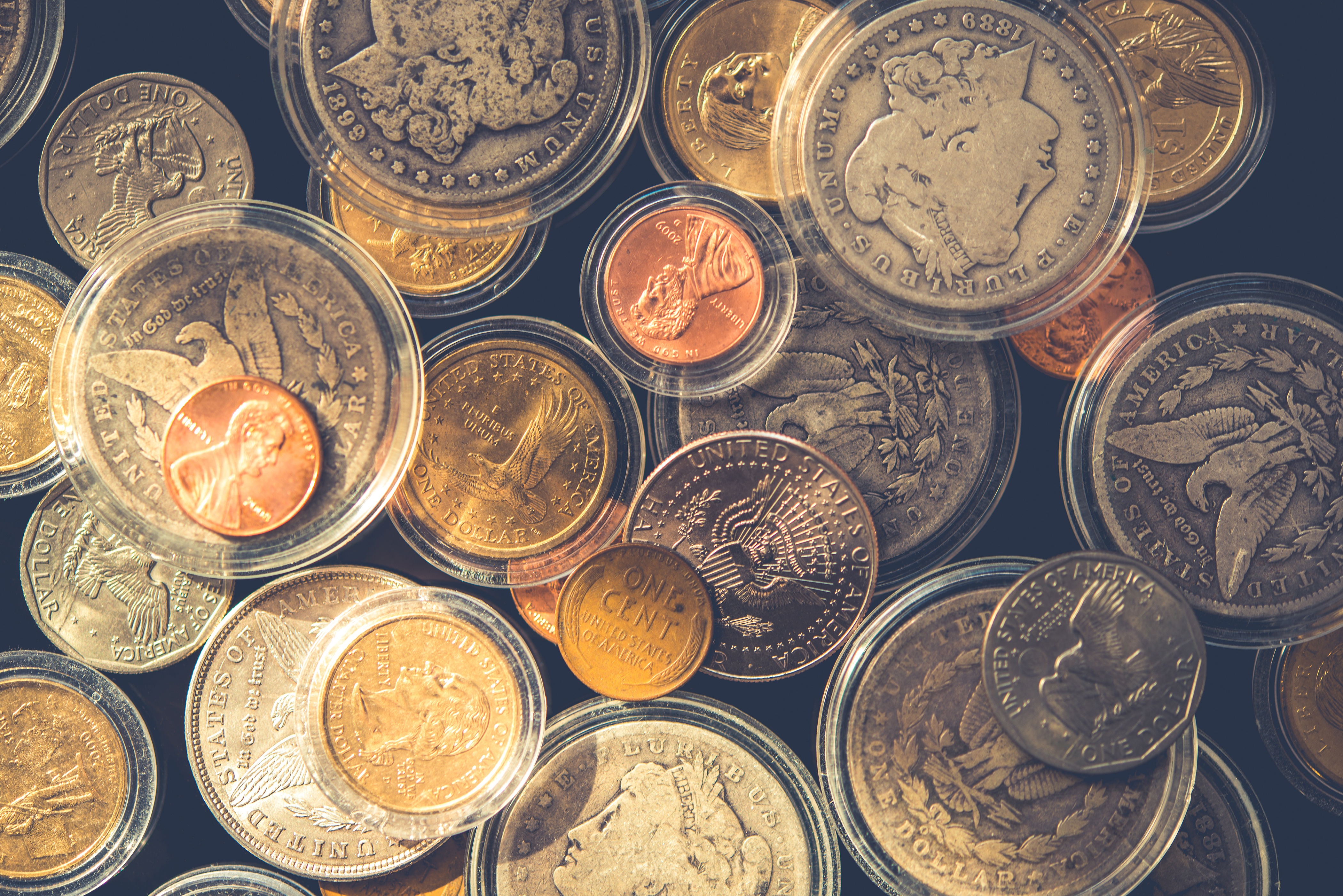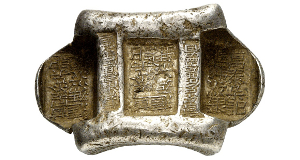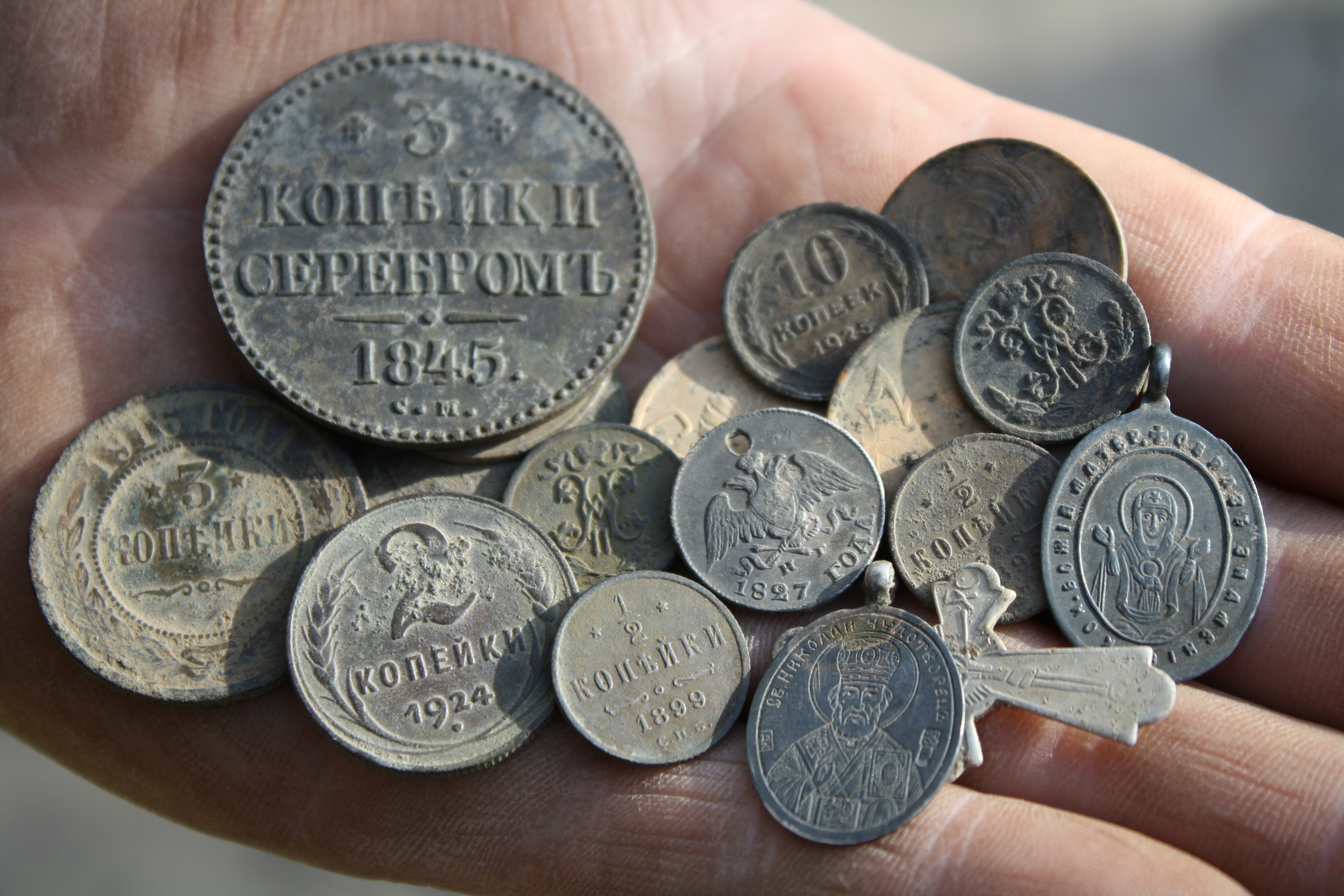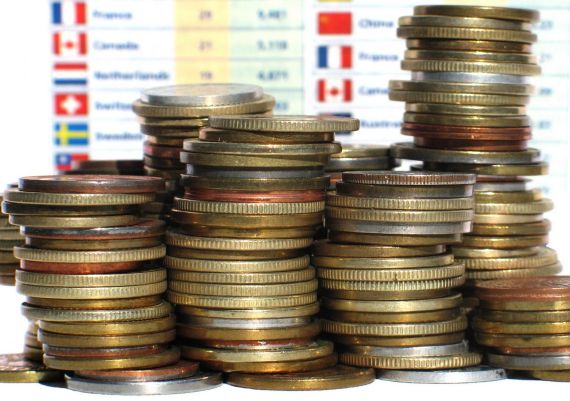examining several
On the fate of coin stamps of the St. Petersburg Mint
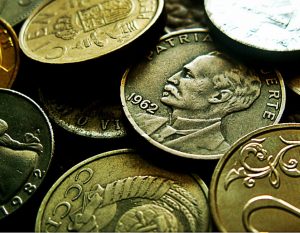 Mikhail Ivanovich Smirnov, the archivist of the St. Petersburg Mint, published an interesting article in the 6th issue of the Old Coin: “The Mints Cabinet and the Museum of the Mint of St. Petersburg”. Among the problematic issues, the central place in it was taken up by the question of the fate of coin stamps of the St. Petersburg Mint, the solution of which, as the author points out, encounters difficulties. Recall the provisions formulated by him, which are, in his opinion, the starting point for solving the problem posed. Continue reading
Mikhail Ivanovich Smirnov, the archivist of the St. Petersburg Mint, published an interesting article in the 6th issue of the Old Coin: “The Mints Cabinet and the Museum of the Mint of St. Petersburg”. Among the problematic issues, the central place in it was taken up by the question of the fate of coin stamps of the St. Petersburg Mint, the solution of which, as the author points out, encounters difficulties. Recall the provisions formulated by him, which are, in his opinion, the starting point for solving the problem posed. Continue reading
Numismatics is one of the most famous and ancient types of collectibles.
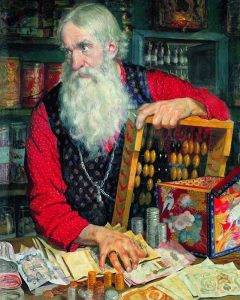 Numismatics (collecting coins and medals, including the study of money circulation and the history of coinage) is one of the most ancient types of collectibles and is probably one of the most popular modern areas of collecting and private investment. Numismatics allows in practice not only to devote your time to an interesting hobby, but also to receive income from investments, to study history (including the political and economic history of society, the history of issuing money), geography, art, foreign languages, changing state symbols, archeology and other interesting subjects, which open up to the novice collector a completely new world of knowledge and time of transmission for him. Continue reading
Numismatics (collecting coins and medals, including the study of money circulation and the history of coinage) is one of the most ancient types of collectibles and is probably one of the most popular modern areas of collecting and private investment. Numismatics allows in practice not only to devote your time to an interesting hobby, but also to receive income from investments, to study history (including the political and economic history of society, the history of issuing money), geography, art, foreign languages, changing state symbols, archeology and other interesting subjects, which open up to the novice collector a completely new world of knowledge and time of transmission for him. Continue reading
COIN NOT ON POCKET
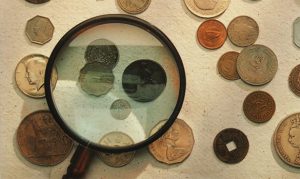 This coin really can not afford neither in size nor in weight.
This coin really can not afford neither in size nor in weight.
She appeared in the reign of Catherine I. True, her institution was not original.
In the first half of the 17th century, a new means of payment was introduced in Sweden: square plates. One daller, made of Swedish copper, weighed 1 kg 350 g. How not to understand respectable Swedish burghers, whose hearts and pockets undermined the heavy plates! But after all, the greatness of Sweden required a lot of silver, sailing away to endless wars … Continue reading
